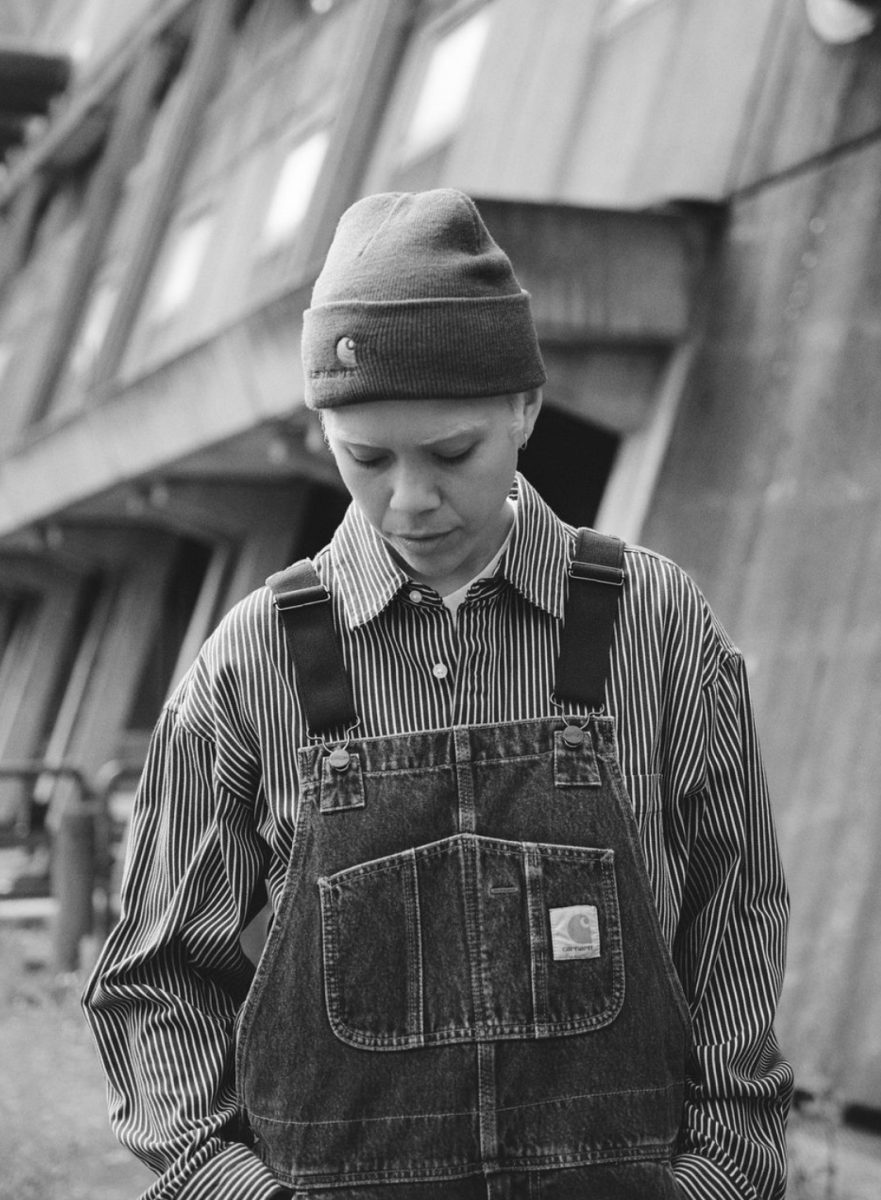The blue-collar worker needs a new wardrobe. Fashion media has swerved into pits of aesthetics and cores, in its desperation to keep up with society’s individuality. Most of its persuasion rubs off on younger audiences especially by their insatiability for the next vibe or moment. Fashion from time to time has been known to either realize the designer’s stylized impression or to revamp the commoner’s financial grasp. Only this time, unlike others where certain elements of the original style would be adapted and revamped, it is sported in its original nature.
Workwear, a “genre of fashion” as defined by Daniel Rodgers in his article for “Highsnobiety,” originally meant for members of the manual labor force, has taken a spot in mainstream media and fashion. While workwear spans through to the entire labor force, its chief brands create clothes for the manual laborer. Many embrace it as a new and improved ensemble far in resemblance to the tacky attire of the cubicle or the construction site. Placing its prints on Instagram and Pinterest feeds little by little, it’s gaining slow but vast traction among workers and non-workers alike; among those being celebrities, influencers and non-influencers.
Workwear began as a utilitarian, practical mix of comfort and protection for the hard laborer. Layne Sparks for Indigo Provisions wrote, “These clothes were meant to be durable, not stylish” and were made with “copper rivets” for added strength. The indelible make of denim and boot soles at the time was constructed for tasks in infrastructural development in the wake of urban industrialization. What formed as an inexpensive solution to the inadequate clothing provided for workers given their harsh working conditions has become a staple among trendsetters and trend-followers altogether.
Socialites regularly seen in work attire were engaged for the theme; some for its simplicity and others for the entire wardrobe with elements in other styles. Some did it for the mere comfort of it. It was most associated with early hip-hop, when rappers expressed themes of “work hard, play hard” in their videos.
With personal style being the main culprit, members of society tend to disregard the use of these clothes and now its steady availability is declining. Yes, these are accessible to the public, but with brands taking to campaigns, expected collaborations and adopting catches like vintage or graphics, the $80 pants just can’t be worthwhile to the everyday worker. Today, more work clothes are made with denim or regular cotton fabric, reducing its use altogether.
According to Pinterest’s audience analytics, 85 percent of “pinners” log on to find inspiration for a new project. With this number, a younger term for copy-cats is warranted. And the need to keep up will only digress us further from here.
This influx of future fashion designers or experts poses a threat to members of the manual labor force, no longer being the commoners capable of financial grasp. With brands catering more to style now, pieces will no longer be made to serve their purpose. Instead, it will have a rather light and softer feel to meet the needs of those who would no longer enjoy its thick, bulky make. It also becomes more inaccessible to those in the hard labor force as brands will hope to make a dollar or two off of the attention received from non-laborers, increasing their prices to fit the growing demand.
People are entitled to style as they please and go through every piece of fashion media to find their means and base of expression, but as for cases like this, there should be policies catered to pricing and hence availability of these pieces for those who need them in their everyday lives. We should all consider the consequences of the fashion choices we make as we make clothing inaccessible for those who need it most and have relied on these products long before they became a trend.





